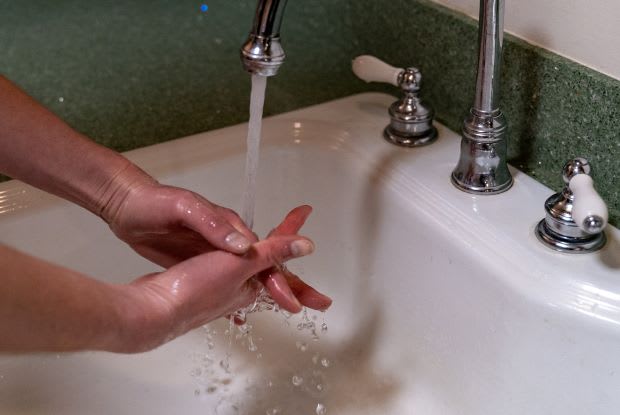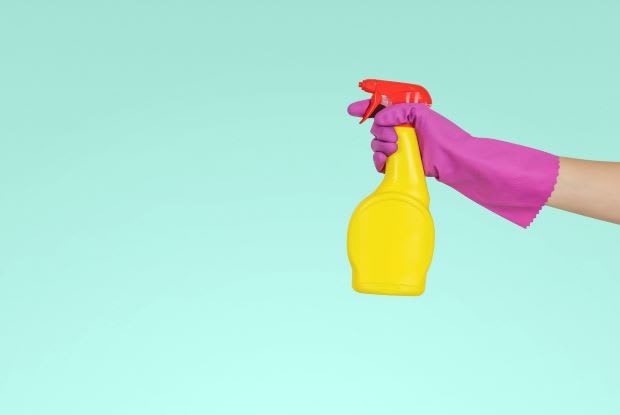Table of Contents
II. Common Bacterial Infections
b. Sexually Transmitted Bacterial Infections
Understanding Germs
Germs are everywhere; germs can be found in the air, on plant and animal surfaces, in soil and water, and on just about any surface you can think of. Beginning in childhood, most people are taught that germs are bad, and they can cause illnesses. While this is partially true, most germs don’t harm the human body. However, certain germs can try to break past your immune system’s defenses. When this occurs, an infection may take place. [1]
Common Bacterial Infections
Bacteria are tiny, microscopic organisms that can be beneficial or harmful. Beneficial bacteria help with digestion and can defend the body against certain diseases. When it comes to bacterial infections, harmful bacteria are the culprit. They can damage the body’s cells and lead to tuberculosis, urinary tract infections (UTIs), and strep throat.
Before modern medicine, bacterial infections were often life-threatening. Nowadays, antibiotics that stop the growth of bacteria can be prescribed to stop the infection before it gets serious. If you are diagnosed, your doctor may prescribe levofloxacin or retapamulin to treat bacterial infections or Keflex (cephalexin) for respiratory infections. [1] Read on to learn about common types of bacterial infections and how you can prevent them from occurring.
If harmful bacterial droplets are inhaled into the lungs, a respiratory infection can occur. Signs that you may have a chest infection include shortness of breath, phlegm when you cough, wheezing, and thick mucus. A weakened immune system makes it more likely to develop a bacterial chest infection. [2] Bacteria pass through bodily fluids such as blood or semen, so sexually transmitted infections (STIs) can be acquired through sexual activity with an infected person. Common STIs include syphilis, chlamydia, and gonorrhea. Symptoms of an STI include painful urination, discharge from the penis, or vaginal bleeding. [3] Bacteria can get in the body through cuts on the skin and cause bacterial skin infections. Infections that remain on the surface are easily treated with antibiotic creams. Infections that start deeper inside the wound may require more treatment. If you have pus leaking from a wound, swelling, or sores that form near the site of the injury, you may have a bacterial skin infection. [4] The main cause of bacterial infections is human-to-human transmission, so anything you can do to avoid transmission will decrease your risk. You can avoid catching an infection by taking the following steps: Good hygiene starts with proper handwashing practices. Keeping the following in mind when washing your hands can make sure harmful bacteria are kept at bay: Good personal hygiene also means keeping personal items to yourself. Sharing towels, combs, or clippers can make transmission more likely. Brushing your teeth twice a day and taking daily showers can also lower your risk. [5] Harmful bacteria have an easier time entering weaker immune systems, so it is essential to keep your immune system as strong as possible. You should ensure your diet is full of fruits, vegetables, whole grains, and low-fat lean meats. These foods can give your body the necessary vitamins and minerals it needs to barricade its defenses. Everyone has different dietary needs, so consult your doctor or a dietician for suitable ways to improve your immune system health. [5] The content in this article is intended for informational purposes only. This website does not provide medical advice. In all circumstances, you should always seek the advice of your physician and/or other qualified health professionals(s) for drug, medical condition, or treatment advice. The content provided on this website is not a substitute for professional medical advice, diagnosis, or treatment.
a. Bacterial Chest Infections
b. Sexually Transmitted Bacterial Infections
c. Bacterial Skin Infections

Avoiding Transmission
Handwashing and Hygiene

Nutritional Diet
